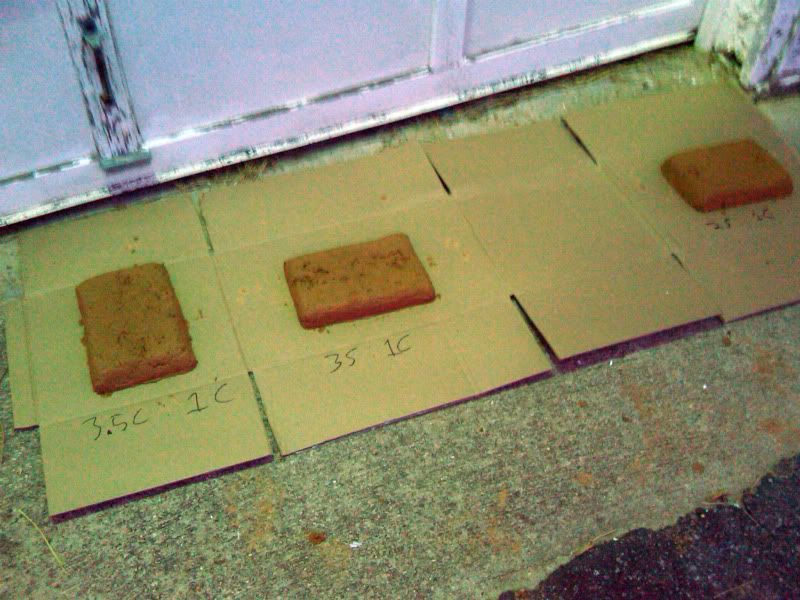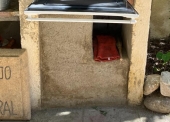








 1
1































 1
1








Silver wrote:
I believe you are right. I'll keep hunting, but until then...laborious it must be
My first project will be a cob oven. Next goal is a Rocket Mass heater.




 1
1












Sometimes the answer is not to cross an old bridge, nor to burn it, but to build a better bridge.
































Jason Leue wrote:I was wondering if I could use cob to create a pond liner for some garden beds?








Ran Prieur wrote:
Jason Leue wrote:I was wondering if I could use cob to create a pond liner for some garden beds?
Cob dissolves in water, and then you've just got a bunch of wet sand and clay. It's better to use all clay. I've heard the best way to seal a pond is to put pigs in it. Or you could simulate pigs by throwing in manure and doing a lot of wet tamping.




Jason Leue wrote:
I was wondering about that manure technique. Do you have any more info on this technique ( I think it's called glaze or something)?




Kathleen Sanderson wrote:Make test 'snakes' and balls and see if they crack when they dry. If they do, then you'll need to get some sand (sharp builder's sand) to add to the clay. I forget the actual percentages (and don't have time to look it up -- I have Ianto Evans' book on cob houses), but the ideal mix seems to usually have more sand than clay in it. The clay holds things together, the sand prevents cracking. For a cob house you'd also add chopped straw, but I'm not sure how much straw you'll want in a cob oven. Maybe some in the outer layer.








John Daley Bendigo, Australia The Enemy of progress is the hope of a perfect plan
Benefits of rainfall collection https://permies.com/t/88043/benefits-rainfall-collection
GOOD DEBT/ BAD DEBT https://permies.com/t/179218/mortgages-good-debt-bad-debt

|
A feeble attempt to tell you about our stuff that makes us money
The new permaculture playing cards kickstarter is now live!
https://www.kickstarter.com/projects/paulwheaton/garden-cards
|


